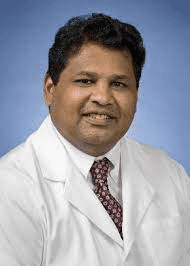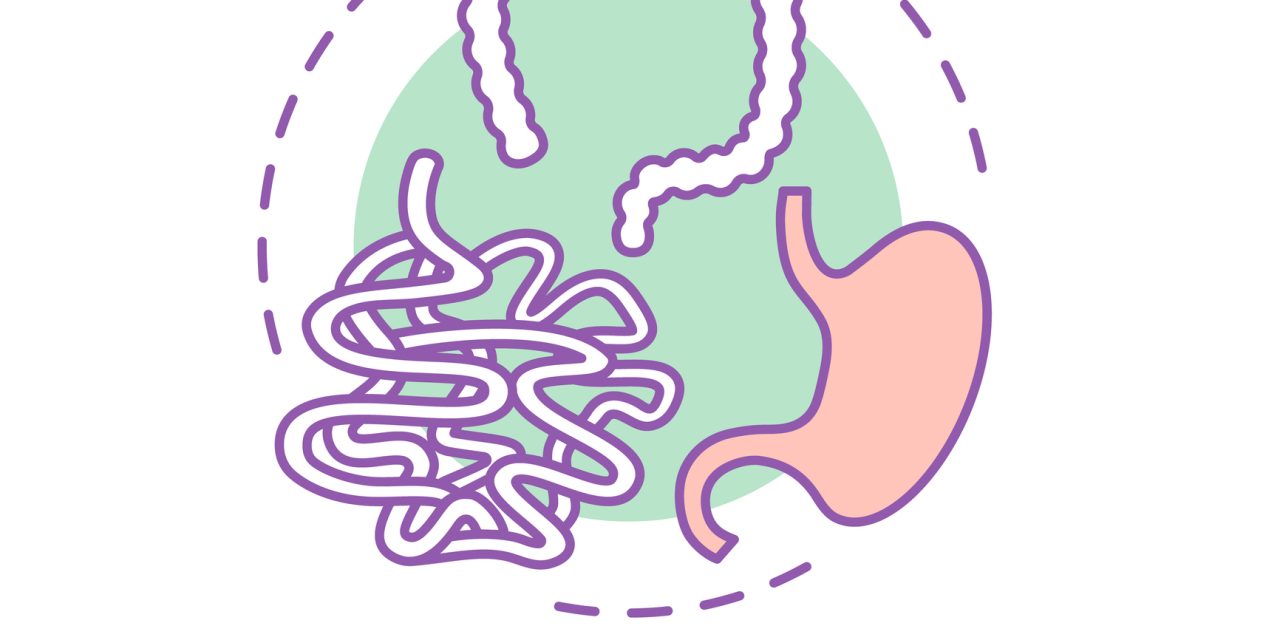
Raman Muthusamy, MD, MAS
Professor of Medicine
Medical Director of Endoscopy
UCLA Health
Physician’s Weekly recently spoke with Raman Muthusamy, MD, MAS, Professor of Medicine and Medical Director of Endoscopy at UCLA Health, about current treatment alternatives for patients with gastroesophageal reflux disease (GERD), who are failing medical treatment and/or hesitant to pursue surgical approaches to manage their disease.
In recent years, growing concern about the long-term safety of the chronic use of PPIs and other medications to treat GERD have created the need for effective, alternative treatment options. “We know that PPIs have been associated with certain conditions, such as calcium malabsorption and risk of infection, that can potentially affect patients with GERD. And many patients simply don’t like to take a medication over the long term,” says Raman Muthusamy, MD, MAS. “Additionally, there is some concern about drug interactions between PPIs and certain medications that could affect the therapeutic levels of those medications.”
According to Dr. Muthusamy, FDA approvals for PPIs were for short-term use due to the design of the trials conducted. “Data clearly show that PPIs can be used effectively, but I think we have been very liberal in the use of these medications,” he says. “Patients can now get them over the counter, such that they have become the default treatment for abdominal pain. Other patients are prescribed these medications, but there are potential concerns of side effects and interactions that may make some patients reticent to take them or to avoid them altogether.”
When to Consider Other Treatment Options
Dr. Muthusamy explains that symptoms that are unresponsive to medications is a big indication for additional assessment, which may include pH testing to confirm the presence of acid reflux. “Some patients will have symptoms, such as functional heartburn, which can mimic the symptoms of GERD but may not be associated with true GERD evidence of acid reflux,” says Dr. Muthusamy. “PPIs only block the production of acid. For a patient with a chief complaint focused more on regurgitation—they don’t like the backwash of liquid, which can be irritating—these medications don’t address the mechanical barrier. They just serve to reduce the concentration of acid in the fluid.”
Other signs that may signal the need for additional testing and/or alternative therapies are patient complaints of hoarseness, asthma, or of other medications becoming less effective, he adds.
Endoscopy and minimally invasive surgical approaches have been increasingly incorporated into the GERD management algorithm as longer-term data from several control trials support their efficacy, durability, and availability. “Refinements in these techniques, as well as the number of physicians who are comfortable in performing them have also increased,” says Dr. Muthusamy. “And often, patients prefer a solution that allows them to come off their medications or avoid them to begin with. If you want to fundamentally solve the problem, a minimally invasive surgical or endoscopic approach would be a truer solution to that problem.”
TIF: An Alternative to Traditional Surgical Options
“Traditional surgeries like laparoscopic Nissen fundoplication and several variations of that procedure can perhaps be performed in patients with impaired esophageal motility,” says Dr. Muthusamy. “Physicians may use a ‘wrap’ that’s not as tight or complete in these variations, such as Toupet fundoplication. Magnetic sphincter augmentation, in which a magnetic ring is surgically placed around the lower esophageal sphincter, is another option.”
Transoral incisionless fundoplication (TIF), an advanced endoscopy procedure, is an incisionless approach to fundoplication in which a device is inserted through the mouth, down the esophagus, and into the upper portion of the stomach. Dr. Muthusamy explains that TIF offers patients an effective alternative to traditional surgery and can correct the underlying cause of GERD in less than 45 minutes—entirely endoscopically.
“This procedure in particular, has gained popularity,” says Dr. Muthusamy. “While the traditional Nissen fundoplication provides the tightest wrap around the lower esophageal sphincter, like many things in life, you want it tight enough, but not too tight. Nissen fundoplication has been associated with trouble swallowing or burping [gas bloat], which are the two most common side effects of many anti-reflux procedures. Literature demonstrates that those side effects are significantly reduced in patients undergoing TIF [1]. That’s one reason that many times, now, clinicians and patients are more inclined to seek the TIF procedure.”
Long-Awaited Options for Those Suffering from GERD
“There has been a real need for these devices, but like many things, when there are two alternatives—in this case, medications and surgery—that are relatively effective, it becomes difficult to compete with them. So, it’s really taken about 20 years to come up with some good, tried-and-true techniques,” says Dr. Muthusamy. “We know there are hundreds of millions of people in our country who suffer from GERD on a regular basis, many of whom are looking for alternatives to medicines, such as TIF. As we provide patients with these safe, durable, and effective techniques, I suspect that the number of patients considering this approach will only grow in the years to come.”
References
TIF versus Medical Proton Pump Inhibitor Management of Refractory GERD Symptoms: The TEMPO Trial
ClinicalTrials.gov Identifier: NCT016437958
Trad KS, Fox MA, Simoni G, Shughoury AB, Mavrelis PG, Raza R, Heise JA, Barnes WE The TEMPO Trial at 5 Years: Transoral Fundoplication (TIF 2.0) Is Safe, Durable, and Cost-effective Surgical Innovation 2018 Feb 6 published online
Trad KS, Simoni G, Barnes WE, Shughoury AB, Raza M, Heise JA, Turgeon DG, Fox MA. Mavrelis PG. Transoral Fundoplication offers durable symptom control for chronic GERD: 3-year report from the TEMPO randomized trial with crossover arm. Surg Endosc. 2016 Sept 21 published online.
Therapeutic Spotlight: Gastroesophageal Reflux Disease (GERD)


